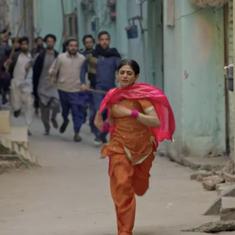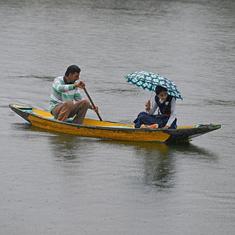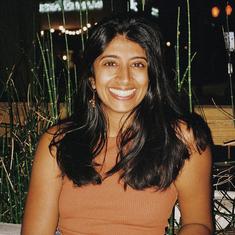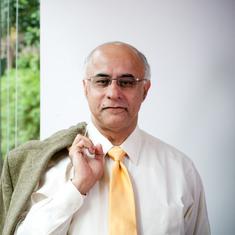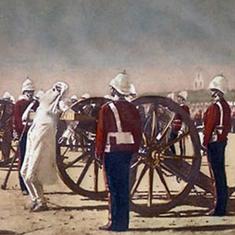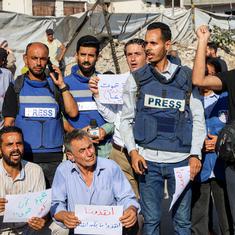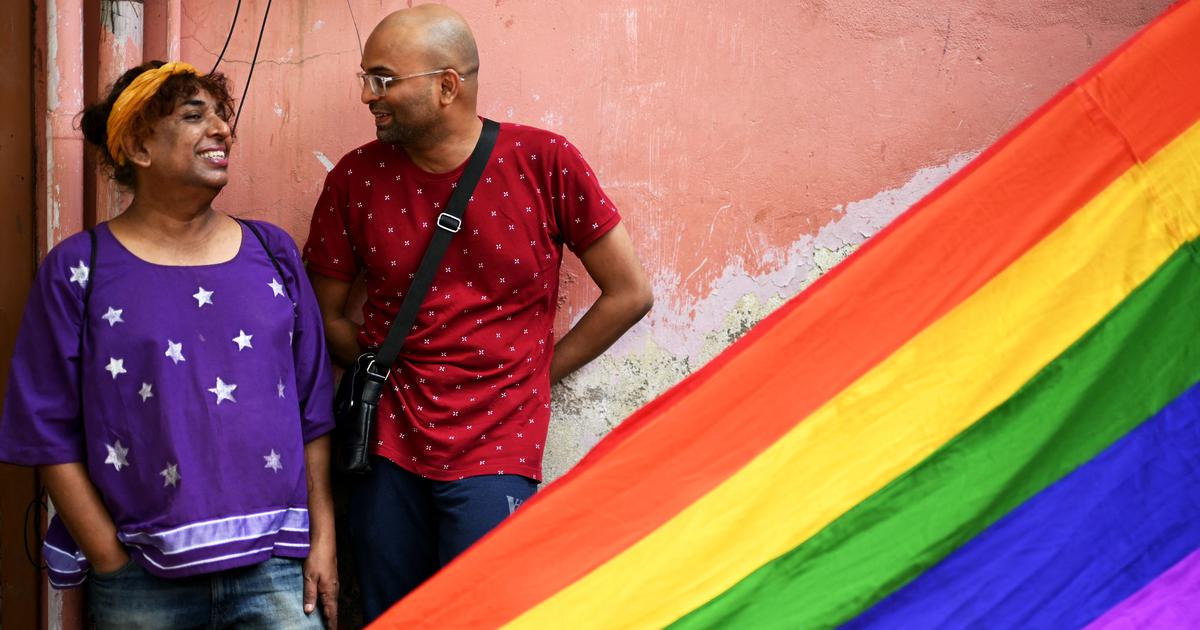As discussions on non-heterosexual relationships have become increasingly visible in India, and while the claim of LGBTQ+ marriage was thrust into the spotlight from some quarters in the last two years, another notion has also been raised as perhaps the most inclusive option available for LGBTQ+ people in their multiple lived realities – the “chosen family”.
Over time, the heterosexual family has been accepted as the primary site of social reproduction. Indeed, it is the structural template and norm for social organising, control and conduct. It is considered the legitimate, “typical” framework in the general imagination.
A typical family is considered to be an exclusive social unit within which members who are related to each other by blood or marriage co-reside. Broadly, they are either nuclear or extended/joint in composition, and for the most part, reinforce a patriarchal hierarchy.
Given its dominance in the imagining of social order, the family is the fulcrum around which individuals within it are supposed to receive protection by the law. And, in this imagination, the family is too frequently quick to demarcate who it is not for: members who are victims of abusive relatives or partners, persons with disabilities, the elderly, non-normative women, and the queer.
In this regard, the family also holds a multitude of realities and embodies startling contradictions. For instance, it is, on the one hand, an infrastructure of support and care. On the other hand, it is a vastly overlooked site of violence.
Family violence
There are numerous, almost daily reports of horrific natal or marital family violence: a six-year- old murdered by his father, a woman murdered by her father, another woman beating her six-year-old niece to death, a man killing his wife after a heated argument, a woman being brutalised and killed by her father-in-law.
Each of these reports reveal a nexus to the stifling nature of the typical family.
Even when understood as an infrastructure of care, the family is often exclusively for those who abide by prescribed gender norms. All too often, those who are seen to defy gender or other family-specific norms are made outcasts, disowned and even brutalised.
It is these marginalised, non-normative persons who are ousted from the family, under the guise of preservation of its sanctity, through violence exhibited as confinement, beatings, murders and rape. As such, several non-normative persons are cast out. Some are fortunate to find or forge chosen families, which become their safe havens, often life-saving for many.
In India, individuals from LGBTQ+ communities specifically face intense violence at the hands of their natal families, so much so that the High Court of Kerala recently recognised them as “sites of abuse” for LGBTQ+ persons.
This violence was amplified during the Covid-19 pandemic; one individual’s family attempted to immolate them. As a result, several LGBTQ+ youth were forced to flee from their natal families during the nationwide lockdown and seek refuge in shelter homes. There, too, they were not always able to find safety. The only safe spaces were their chosen families.
Yet, due to the lack of legal recognition, chosen family members were unable to make decisions on behalf of each other in medical emergencies during the pandemic. This is a reality that has long existed and persists today.
Far-fetched claim?
While the claim for legal recognition of chosen families has been most visibly articulated by queer-trans communities, it is not a claim that is exclusive to them. In reality, it serves the needs of all non-normative people – persons with disabilities, the elderly, victims of abuse, and non-normative women.
What is the substance of the claim? In essence, it asks: if a network of persons provides the same care, support and safety as a conventional family is supposed to, why can it not be referred to as one, and indeed, recognised in law as a family?
Is this far-fetched? Indeed not. Examples exist of laws at the national, state and municipal levels that envision a far more inclusive notion of family than has been conventionally defined.
A salient example of this is a law which establishes that (i) two or more persons who (ii) “consider themselves to be a family” but are (iii) “not related by blood closer than would bar marriage” and are (iv) “in a relationship of mutual support, caring and commitment” can form and register a domestic partnership.
Mutual support, specifically, is envisaged as each person’s contribution “in some fashion, not necessarily equally or financially, to the maintenance and support of the domestic partnership”.
Such a vision recognises these relationships as equal to a family (and domestic partners equal to spouses) by granting them equal rights in nearly every regard: visitation in healthcare and correctional facilities, guardianship rights in relation to schools, employment health and other fringe benefits, medical insurance, and parental leave.
Love, care and support
Laws such as this recognise that the experience of a family – of love, care and support – is not and should not be confined to a singular idea of the family. The claim for legal recognition of chosen families is not intended to dismantle the traditional family, but instead to expand the ambit of the family beyond its current imagination so that the concerns of the most marginal amongst us are also addressed.
In doing so, not just those in coupledom, but all people who live in non-normative arrangements – LGBTQ+ and beyond – can find a satisfactory response in the law.
To be sure, such a broadened imagination of the family is not unheard of in India – customary practices such as the maitri karar were used by different- and same-sex couples alike to enter into live-in relationships, while structures like hijra gharanas also posit a unique family dynamic.
It has been a year since the Indian government consulted members of the LGBTQ+ community to seek their views on what law reform was essential to address their concerns. Some of us canvassed for the chosen family to be recognised in Indian law as a measure that would go a long way in supporting the queer community in all its diversity.
Hopefully, this submission has reached the High-Powered Committee established pursuant to the Supreme Court ruling on marriage equality. And even more hopefully, it finds clear amplification in the committee’s final report and concerted action by the powers that be. If not, only a sliver of our community’s needs will be met.
Vivek Divan and Reonia Mathew are colleagues at the Centre for Health Equity, Law & Policy, Indian Law Society, Pune.
